| Recent Featured Videos and Articles | Eastern “Orthodoxy” Refuted | How To Avoid Sin | The Antichrist Identified! | What Fake Christians Get Wrong About Ephesians | Why So Many Can't Believe | “Magicians” Prove A Spiritual World Exists | Amazing Evidence For God | News Links |
| Vatican II “Catholic” Church Exposed | Steps To Convert | Outside The Church There Is No Salvation | E-Exchanges | The Holy Rosary | Padre Pio | Traditional Catholic Issues And Groups | Help Save Souls: Donate |  |
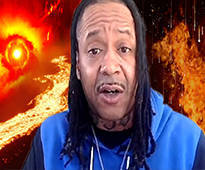
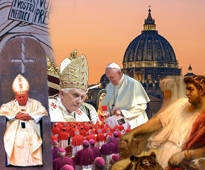
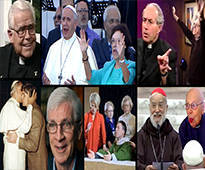
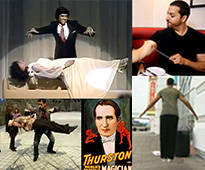
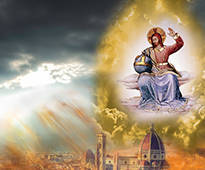

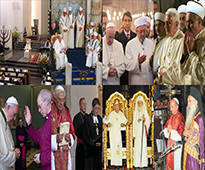


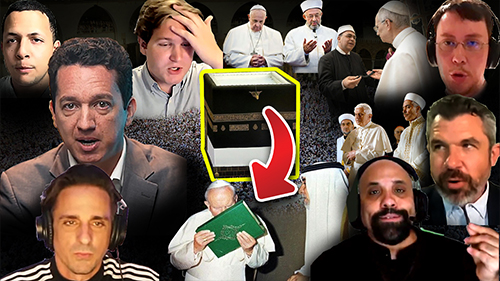 " />
" /> " />
" />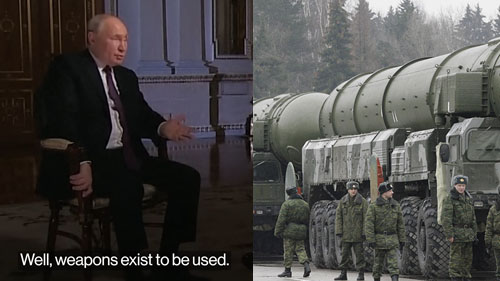 " />
" />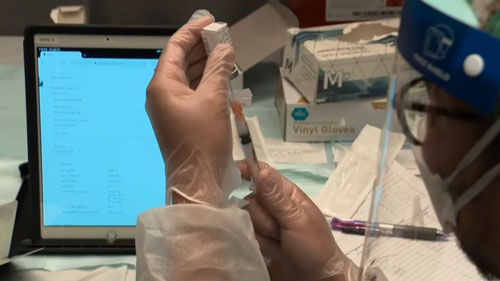 " />
" /> " />
" />




Yes, the Apostasy Began Before Vatican II
Bro. Peter Dimond
Yes, the failure to recognize that the apostasy was well in place in the years before Vatican II is a major reason many cannot see the full truth, especially on the key doctrines of salvation and Baptism. A belief in those truths is essential to a possession of actual, strong supernatural faith. Such a faith is necessary to please God and see things as they are. Certainly the false election of the Freemason Antipope John XXIII, and the revolutionary robber council (Vatican II), was the formal inauguration of a Counter Church. However, the position that it’s safe to follow what was generally taught and believed in the 1940s or 1950s under Pius XII – a position of many BOD sedevacantists – is naïve and totally wrong.
Their position isn’t even logical. For example, many of them admit that the bishops at Vatican II were modernist revolutionaries. We even heard one obstinate BOD heretic (who is a sedevacantist) say that, in his view, most or all of the Vatican II bishops lost their offices before 1965. Well, if they lost their offices before 1965, they of course became heretics at some point before 1965. In most cases it would have been numerous years before Vatican II.
Even though an individual can become a heretic in a flash for rejecting Catholic teaching, to reach a point where most or all of the bishops were modernist revolutionaries at Vatican II (men who were willing to even praise false religions) would require a number of generations. In fact, the most logical assessment is that it would take about 100 years (which is a few generations) to reach a point where bishops universally accepted false ecumenism, etc. It would take that much time because the heresies that undermined and weakened belief in the necessity of Catholicism would first need to be adopted by a certain number of teachers (e.g. bishops or priests). They would then need to circulate the heresy (or heresies) in seminaries, theological manuals, catechisms, etc. This would be a gradual process. The new false teaching (or teachings) would then have to be adopted by more bishops, parish priests, and laypeople. That would take time. The laypeople and priests who accepted and embraced the heresy would then need to pass them on to the children, who, after they grew up, would circulate the heresy to more people.
That’s how the process would have to play out. It would therefore have required a number of generations for the apostasy in evidence at Vatican II to have become almost universal. That means the apostasy really started to get rolling in a serious way around the mid-19th century. Regrettably, Pius IX’s weak and fallible statements on salvation were a huge reason for that. At that time, and largely as a result of his statements, people started to teach that non-Catholics can be saved by ‘ignorance,’ and it was gradually adopted by more and more priests.
By the time the 1930s and 1940s came around almost all the priests were holding serious heresies on salvation and were total modernists and heretics. Most of them believed, for instance, that Jews who reject Christ can be saved (e.g. Fr. Denis Fahey). (By the way, someone who believes that Jews who reject Christ can be saved has no faith. That person cannot please God even if he offers or attends the traditional Mass every day of his life). In fact, it’s interesting that numerous sedevacantists (who deny Catholic dogma on salvation) admit that the liturgical revolution began before Vatican II. Numerous sedevacantist priests don’t even use the liturgical rites that were in place under Pius XII before Vatican II (e.g. the Holy Week changes). That represents a serious contradiction in their position on the allegedly binding nature of other non-infallible, pre-Vatican II acts, by the way. They consider the pre-Vatican II liturgical changes to be an example of the growing modernist revolution. As a result, they reject them. Well, if they can recognize that the liturgical rebellion was active in the decades before Vatican II, why can’t they see that the theological rebellion was also in place at that time?
To a degree they recognize that a significant theological problem existed under Pius XII, Pius XI, and even earlier popes. However, they fail to identify the most important manifestations of that problem. For instance, sedevacantist Bishop Donald Sanborn (with Cekada agreeing) stated that it was “the negligence of those three pontificates [Benedict XV, Pius XI, and Pius XII]” that caused Vatican II. Such an admission confirms our central point on this matter: i.e. that heresies on salvation and Baptism were abounding in seminaries, theological manuals, etc. well before Vatican II. However, the aforementioned BOD heretics are sadly blind to that aspect of the problem. They believe (and even impose) the very modernist heresies on salvation that were taught in fallible sources during that period. They don't recognize the necessity of strictly adhering to dogmatic definitions on salvation, rather than what was circulated in 'approved' theological manuals, etc. during the period of growing modernism before Vatican II. They operate as if the teaching on salvation dominant in that period is a perfect reflection of what the Church always taught when, in fact, it was the most insidious form of the rising modernism and the real cause of Vatican II.
By following the false and heretical teaching on Baptism and salvation that was circulated by ‘approved’ priests and bishops in those years before Vatican II, they are actually following the modernist revolution. Therefore, if you encounter sedevacantists who really push the teaching on salvation or Baptism in the theological manuals, catechisms, etc. put out in the decades before Vatican II (rather than the dogmatic definitions), know that those people are still misinformed or deceived, even though they recognize the problems with the post-Vatican II sect. They don't have a true view of the faith and what has transpired. If they simply accepted the proclamations of the dogmatic definitions on salvation and Baptism, they would receive the grace to see the situation as it is. But so many are left in the dark for resisting the truth of Catholic dogma (i.e. faithlessness) and bad will.
Moreover, if people don’t understand that Pius XII was not a strong pope, but a terrible one who allowed modernism to flourish, they won’t have the correct view of the Church in our time. Some of the aforementioned facts are why Popes Pius XI and Pius XII are certainly the first two of the seven kings prophesied in the Apocalypse. Their actions in a number of ways (not just their failure to promptly consecrate Russia) enabled the new pagan Europe (the prophesied end-times Beast) to eventually rise. There are numerous interesting new points we hope to cover on that matter as time permits. They fit in precisely with (and further confirm) what’s covered in our videos on the Apocalypse.
The Latin Text of the Oldest Surviving Papal Decree Rejects “Baptism of Desire” (video)
The Revealing Heresies in Msgr. Van Noort’s Pre-Vatican II Dogmatic Theology Manual (article)
The Best Argument Against “Baptism of Desire” (video)
Outside the Catholic Church There is Absolutely No Salvation (book)
Sign up for our free e-mail list to see future vaticancatholic.com videos and articles.
Recent Content
^